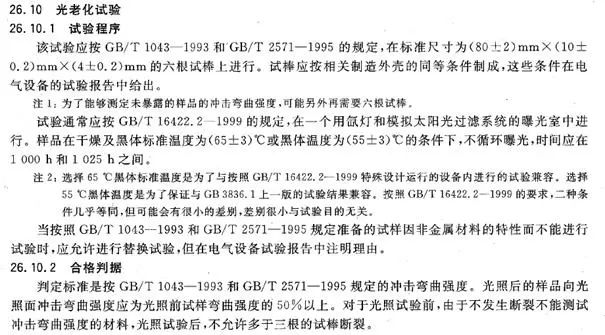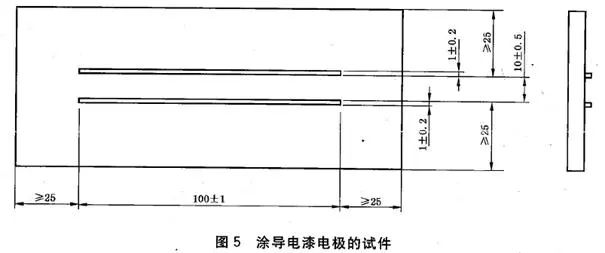Explosion proof electrical equipment is widely used in hazardous areas of Zone 1 and Zone 2 in explosive gas environments. In order to facilitate users to observe and record or distinguish the internal display data, operating status, or achieve the most basic lighting function of the equipment, manufacturing companies often install some transparent components on the explosion-proof shell. The correct design, installation, and subsequent use and maintenance of related components of the transparent components directly affect the integrity and reliability of the explosion-proof shell.
The transparent parts on the explosion-proof shell mainly include the transparent cover of the lighting fixtures, instrument windows, and indicator light covers. The transparent covers of lighting fixtures are bell shaped, long tube shaped, and flat plate shaped. The instrument windows are mostly flat in shape, and the transparent parts should be made of glass or other materials that are resistant to mechanical, thermal, and chemical reactions, and can withstand the specified tests. The transparent parts of the lamp can be directly sealed with the outer shell.
The commonly used transparent materials on explosion-proof shells include engineering plastic and glass. This article explains the commonly used plastic transparent parts and glass transparent parts.
1、 Material selection of transparent parts
Glass transparent parts:
This is currently the most commonly used transparent explosion-proof product in the market, with stable performance, reliability, high temperature resistance, and good transparency.Glass can withstand high temperatures and maintain light transmittance for long periods of time under humid conditions, without the need for separate testing and evaluation of light aging, heat and cold resistance of transparent glass components. When selecting glass transparent components, there is no need to consider the danger of static electricity generated during the maintenance process of glass components. Based on the inherent characteristics of glass transparent components, they have been widely used in explosion-proof shells. The commonly used material for glass transparent components is tempered glass,Tempered glass has strong impact resistance and thermal stability compared to ordinary glass, and can generally withstand three times the temperature difference compared to ordinary glass.
Plastic transparent parts:
When selecting engineering plastics, the matching parts between the engineering plastics and the explosion-proof shell can be glued to form a bonding joint surface,Transparent parts of this type of material should have heat and cold resistance and be able to withstand type tests such as impact resistance and combustion resistance under high and low temperature conditions,If the plastic transparent parts are not bonded to the explosion-proof shell, then for explosion-proof shells with a cavity volume greater than 50 cubic centimeters, the plastic transparent parts can withstand other types of tests. In addition to the requirements of GB3836.2-2010, flame erosion tests need to be added to the transparent parts, which makes the selection of plastic transparent parts more demanding.
In addition, due to the inherent characteristics of plastics, long-term exposure to UV light can cause aging. ThereforeWe need to conduct a photo aging experiment,This type of equipment should have anti light measures after installation.
Photoaging test:
Six samples made according to the standard are exposed in a room simulating a sunlight system without cycling for 1000h-1025h. The bending strength of the samples after illumination is more than 50% of that before illumination, and no more than three test rods are allowed to break.

Surface resistance test:
The test pieces provided according to the standard requirements are wiped clean with distilled water, then cleaned with isopropyl ethanol. Before drying, they are cleaned with distilled water and placed in the standard environment for 24 hours. Apply a voltage of (500 ± 10) V between the two poles of the test piece for (65 ± 5) seconds. The measured surface insulation resistance is ≤ 1G Ω.

Remarks:
1) Surface coating with anti-static paint: This method is not suitable for long-term use of the product. As the anti-static paint may peel off over time during actual use, it is recommended to apply it again every 3-6 months.
2) Fixed products can be equipped with a warning on the casing: potential danger of electrostatic charges. Please refer to the user manual, which states: When wiping transparent parts, please use a damp cloth.
(3) Key points for designing plastic transparent parts:
1) Translucency: When processing, adding 0.3% or 0.4% flash powder to the material can achieve a light efficiency of 70% -80%.
2) Injection molding machine: Use 180-250 tons, and the shrinkage phenomenon will not be very obvious.
3) Excessive hydrostatic pressure: Reinforce the back with reinforcement bars, and the thickness should not exceed 0.6 of the wall thickness (severe shrinkage after exceeding). Vertical reinforcement bars should be added below the transparent part, and at least 8 screws should be used to fix it in order to pass the static water pressure of 1.5MPa.
4) Fasteners: Blue zinc plating with Q235 reduces the cost by half compared to using 304 material.